The tango originated within the immigrant quarters of Buenos Aires during the latter half of the 19th century, developing from a synthesis of European, African, and local influences into Argentina’s most representative cultural expression. It was more than a dance, however, as the tango expressed a unique worldview, musical ethos, and poetic vocabulary that addressed themes of passion, nostalgia, and immigration.
For those visitors seeking deeper cultural immersion, few activities compare to studying tango in the place it came from. The following is a list of 15 fantastic places throughout Argentina where visitors can learn genuine tango in a setting that ranges from vintage milongas to modern academies.
La Viruta, Buenos Aires
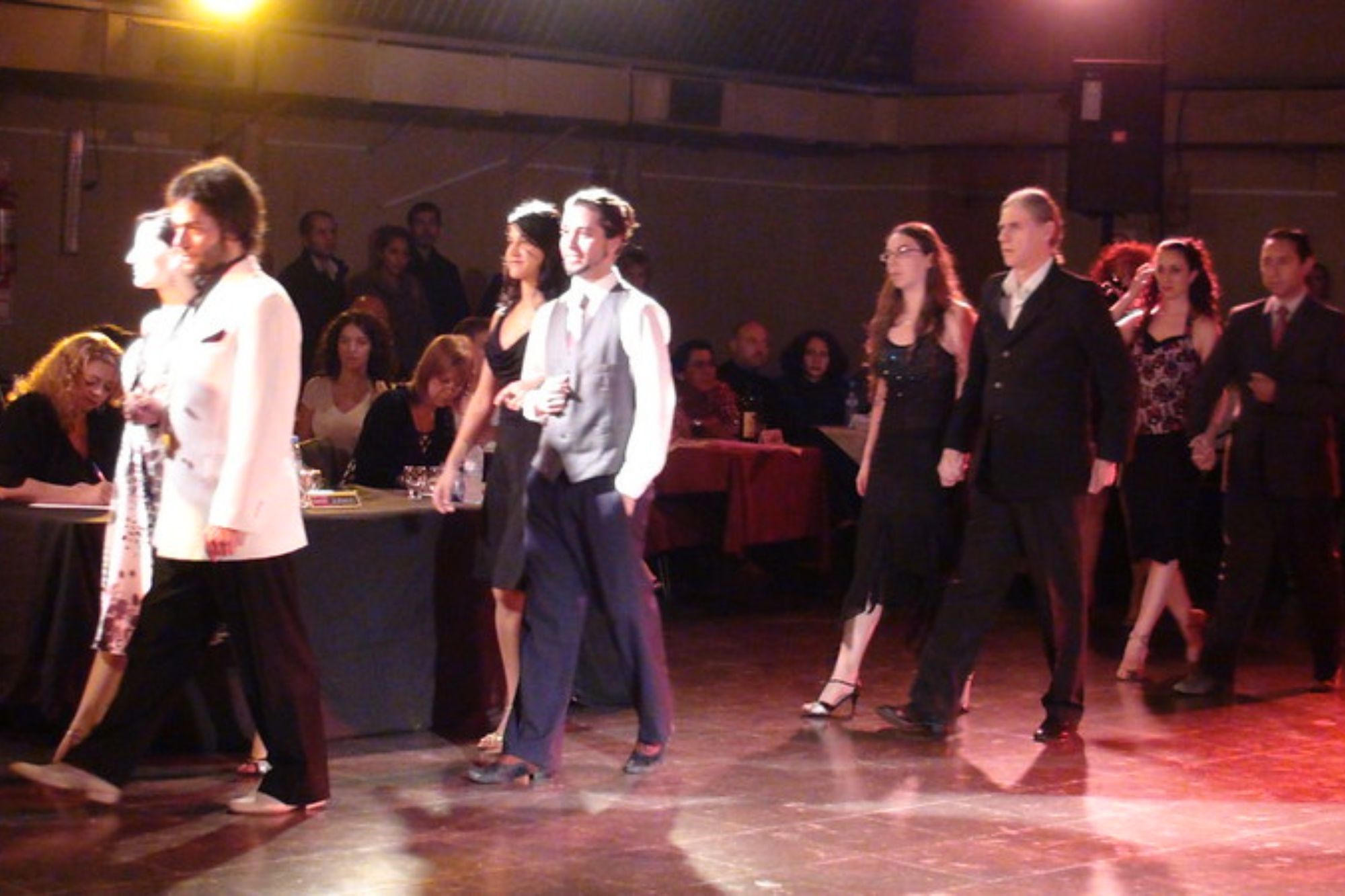
This fashionable milonga within the Palermo neighborhood features daily lessons for both novice and more experienced dancers before the dancing socially commences. Practice takes place in a big wooden-floored room well suited for teaching the distinctive walk that is the core of tango.
The beginner is guided by masters who unveil simple concepts like the embrace, axis, and fundamental walk patterns. Actual learning, however, occurs outside of class, as pupils can observe experienced dancers at the milonga and learn the subtleties of expressive communication and floor action that are the hallmarks of true tango.
DNI Tango, San Telmo
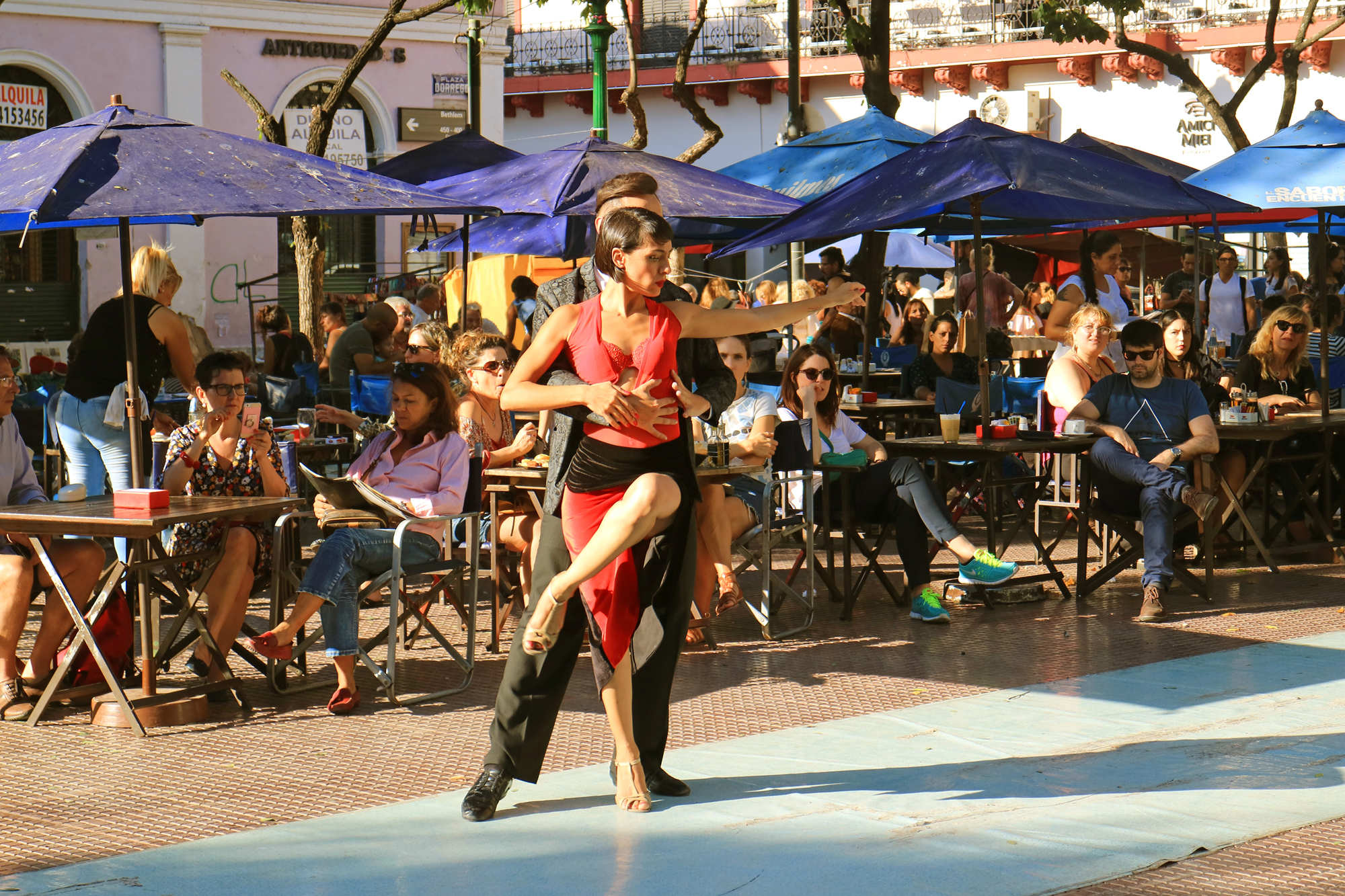
Situated in a restored historic building of the oldest barrio in Buenos Aires, this academy is about tango as cultural heritage and not just dance steps. Instruction focuses on the improvisational nature of tango and hearing the musical structure.
Small classes are held with partners changed regularly to develop flexibility and communication. The school supplements its movement classes with workshops on tango history, music appreciation, and the special Lunfardo slang of traditional tango songs.
El Querandí, Monserrat
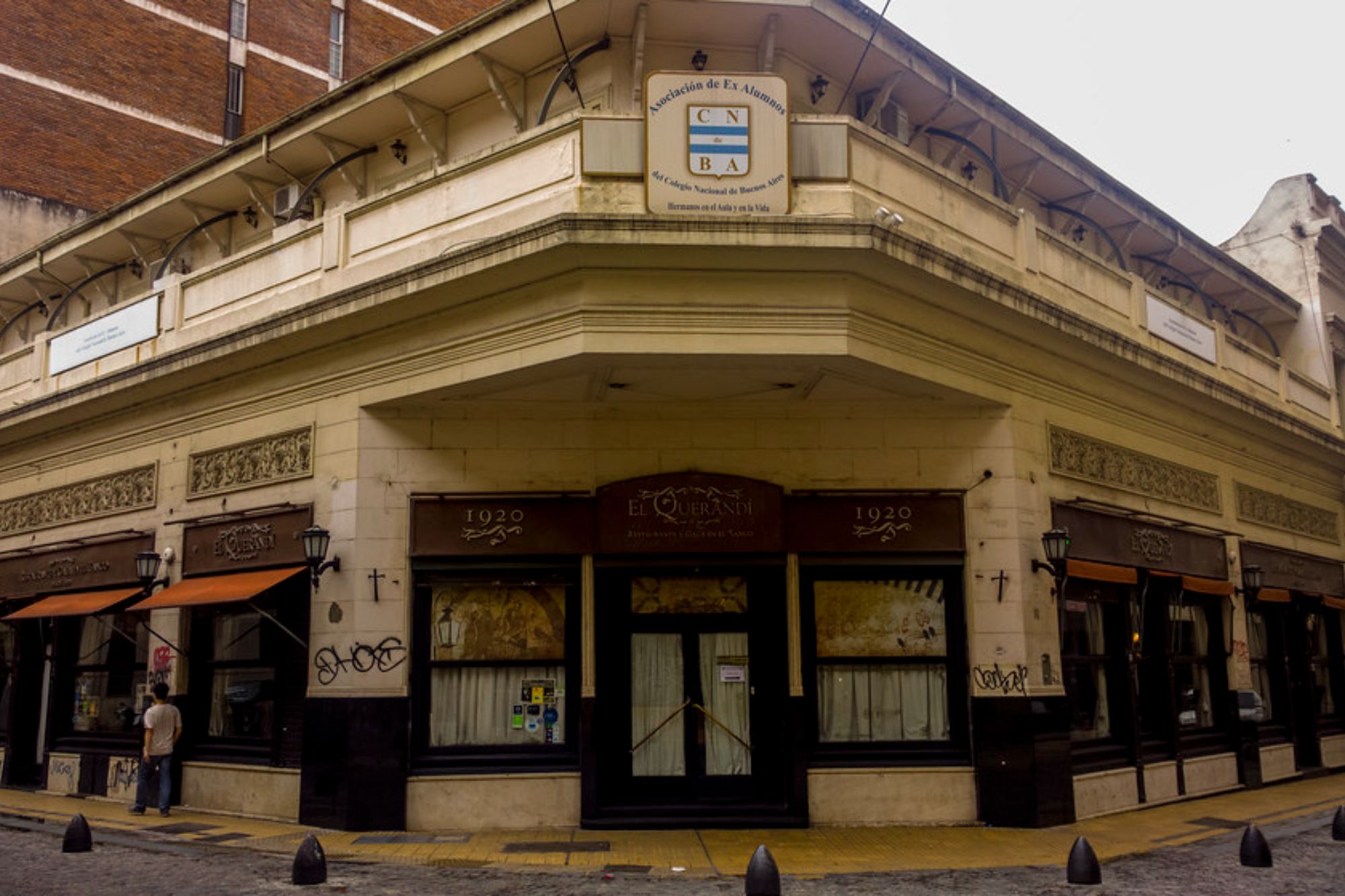
This historic tanguería combines classes with dinner and show experiences in a beautifully preserved art deco building from 1920. Instruction takes place on the same floor where tango legends once danced, creating an atmosphere steeped in tradition.
Teachers focus on the social aspects of tango, preparing visitors to navigate milonga etiquette and the cabeceo, the traditional head nod used to invite partners to dance. The venue’s excellent orchestra provides live music during some classes, allowing students to experience the irreplaceable connection between musicians and dancers.
Like Travel Pug’s content? Follow us on MSN.
La Catedral Club, Almagro
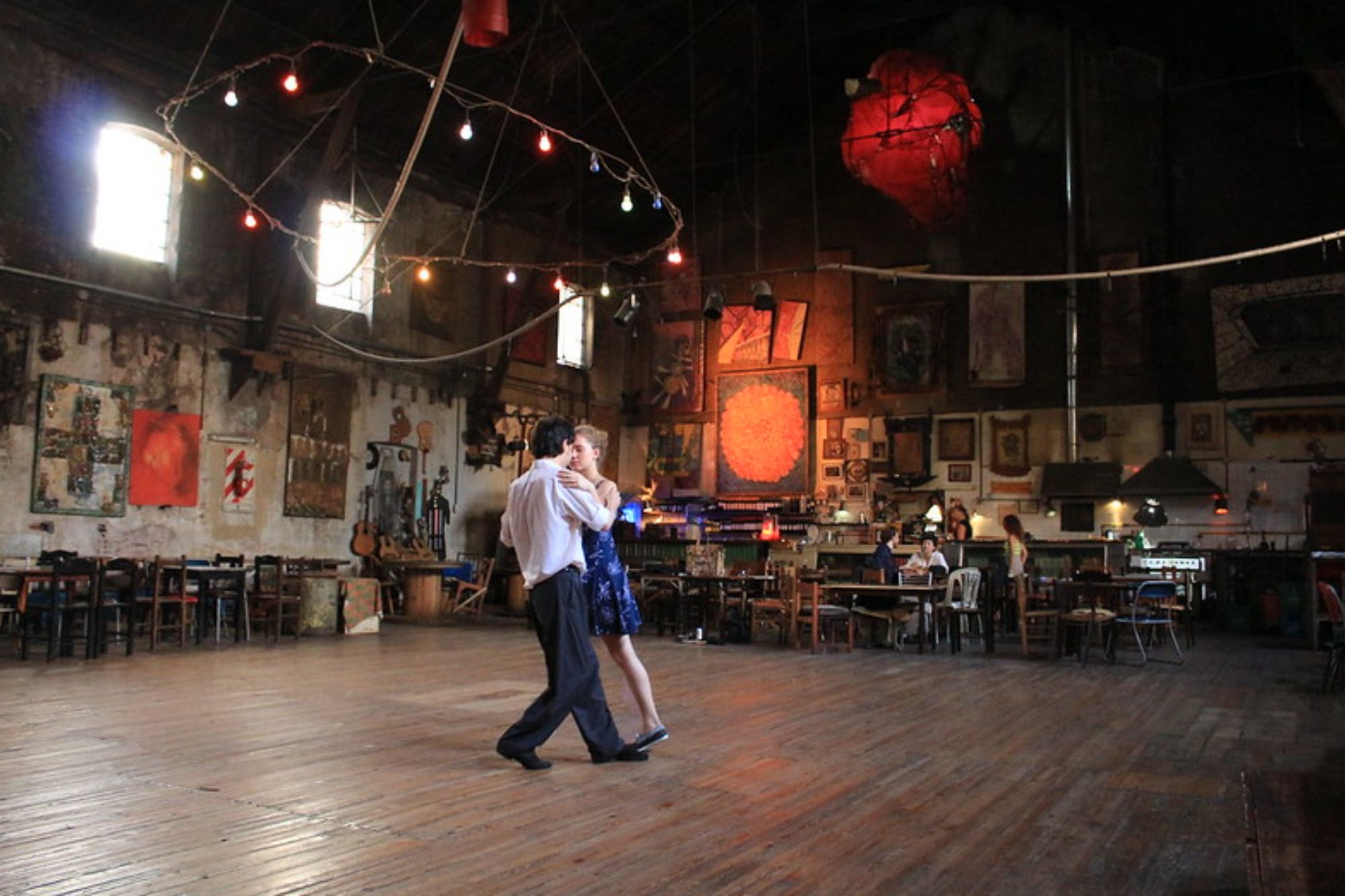
Set in a converted dairy factory with soaring ceilings and bohemian ambiance, this unconventional milonga attracts a younger, more experimental crowd. Classes embrace both traditional and nuevo tango styles, making it ideal for those interested in contemporary interpretations.
Instructors emphasize creative expression and finding personal connection rather than rigid technique. The venue’s relaxed atmosphere, mismatched furniture, and artistic decor create a welcoming environment where beginners feel comfortable taking risks and finding their own tango voice.
Academia Nacional del Tango, Buenos Aires
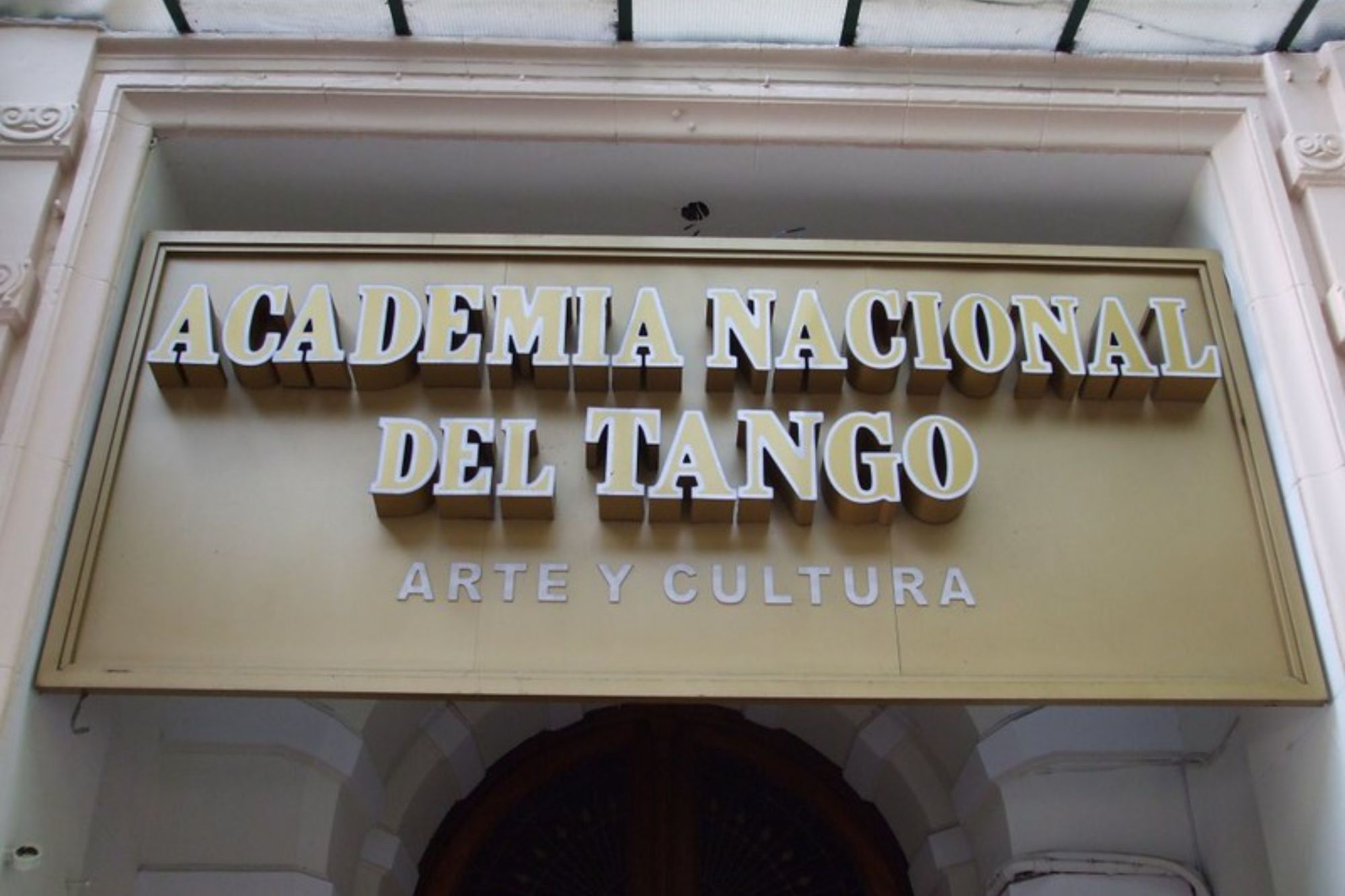
Founded by poet Horacio Ferrer, this official cultural institution offers classes in a setting filled with tango memorabilia and historical artifacts. Instruction integrates dance with a deeper understanding of tango poetry, music, and cultural context.
Students benefit from teachers who are not just dancers but scholars of tango tradition and history. The Academia regularly hosts lectures, film screenings, and concerts that provide comprehensive immersion into tango culture beyond technical dance instruction.
La Glorieta, Belgrano
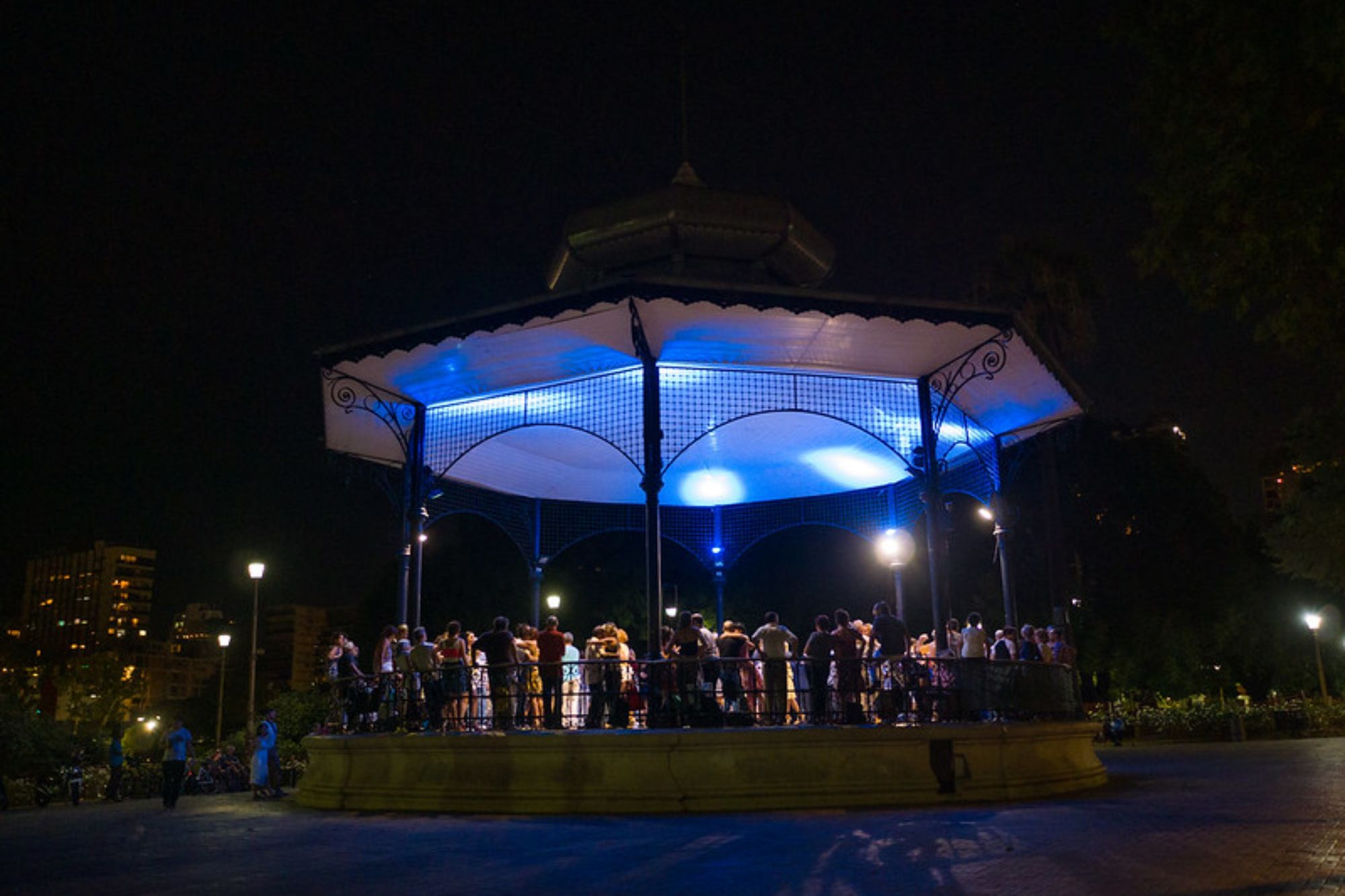
This open-air milonga in Barrancas de Belgrano park offers free weekend classes on a circular covered platform surrounded by greenery. Instruction focuses on fundamentals with special attention to making newcomers feel welcome regardless of experience or dance background.
The outdoor setting and natural light create a relaxed atmosphere quite different from the typical late-night milonga experience. Classes attract a mix of tourists, locals, and multiple generations, providing glimpses of how tango functions as community glue rather than just performance.
Like Travel Pug’s content? Follow us on MSN.
Escuela de Tango de Buenos Aires, San Nicolás
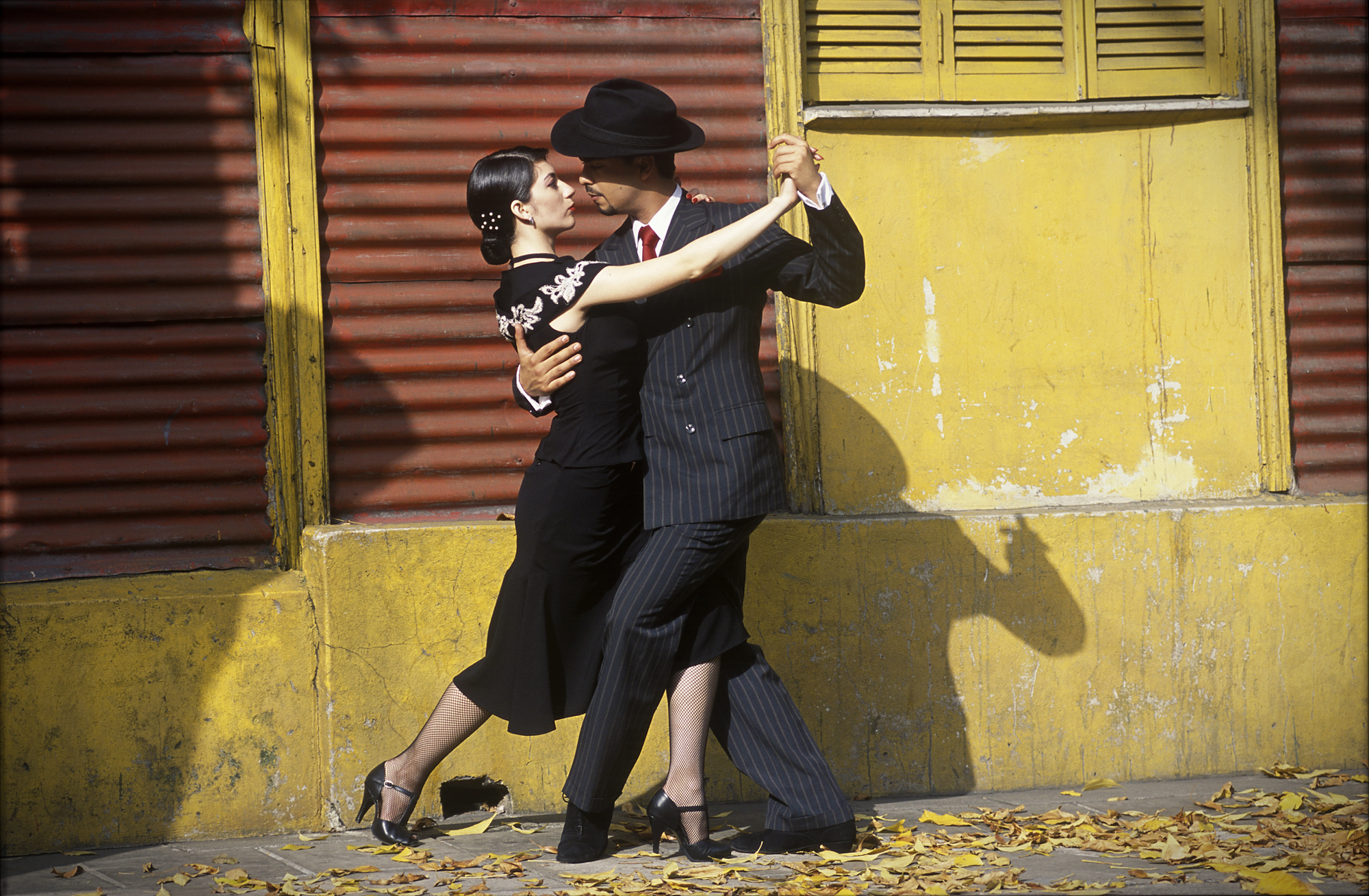
Located near the Obelisco in downtown Buenos Aires, this professional academy balances tourist-friendly instruction with serious technique development. Classes are organized progressively, allowing visitors to start with absolute beginner sessions and advance through structured levels during their stay.
Teachers emphasize proper posture, connection, and musicality rather than flashy figures seen in stage productions. The school’s central location makes it convenient for travelers to incorporate regular classes into their Buenos Aires exploration.
Club Gricel, San Cristóbal

This authentic neighborhood milonga provides classes in a venue largely unchanged since the golden age of tango. Instruction takes place on a vintage wooden dance floor beneath chandeliers that have witnessed decades of tango history.
Teachers focus on the milonguero style, characterized by a close embrace and subtle movements adapted to crowded dance floors. The predominantly local attendance during social dances provides opportunities to observe and practice with experienced dancers who have embodied tango culture throughout their lives.
Tango Brujo, Mendoza
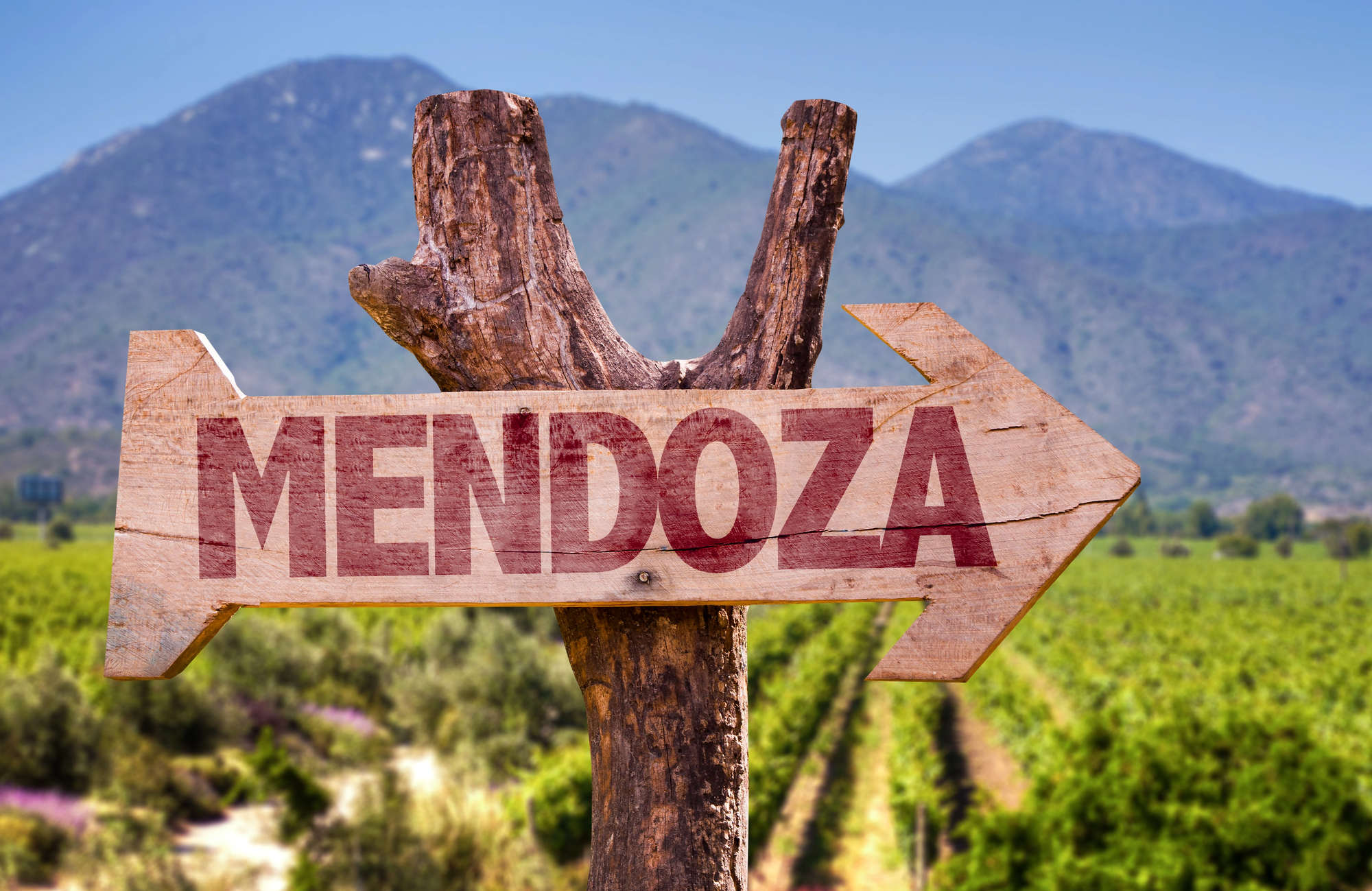
Located in Argentina’s premier wine region, this school combines tango instruction with wine country experiences. Classes often incorporate elements that connect dance to the regional culture, including special sessions held in vineyard settings.
Teachers adapt traditional Buenos Aires tango to slightly different regional interpretations found in western Argentina. The school organizes tango-themed excursions that pair dance classes with winery visits, creating multisensory cultural experiences unique to Mendoza.
Like Travel Pug’s content? Follow us on MSN.
La Viruta Tango, Rosario
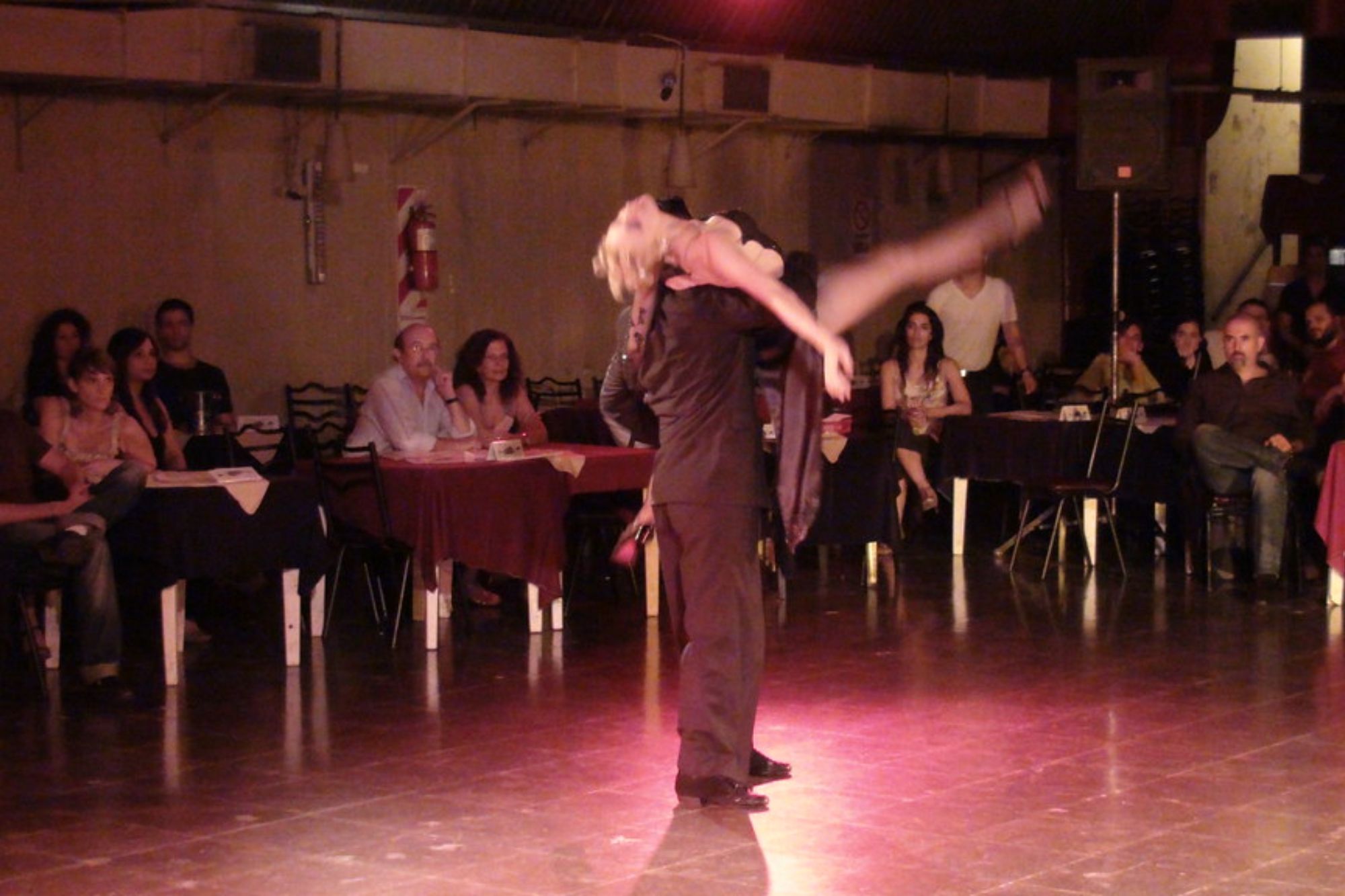
Set in Argentina’s second-largest city, this academy offers instruction in a region with its own distinctive tango history and style. Classes highlight the contributions of Rosario-born musicians and dancers to tango development, including the legendary orchestra leader Francisco Canaro.
Teachers place special emphasis on tango vals and milonga, the related dance forms that complement traditional tango. The school regularly organizes practicas where students can practice in a supportive environment before venturing into formal milongas.
La Marshall, San Telmo
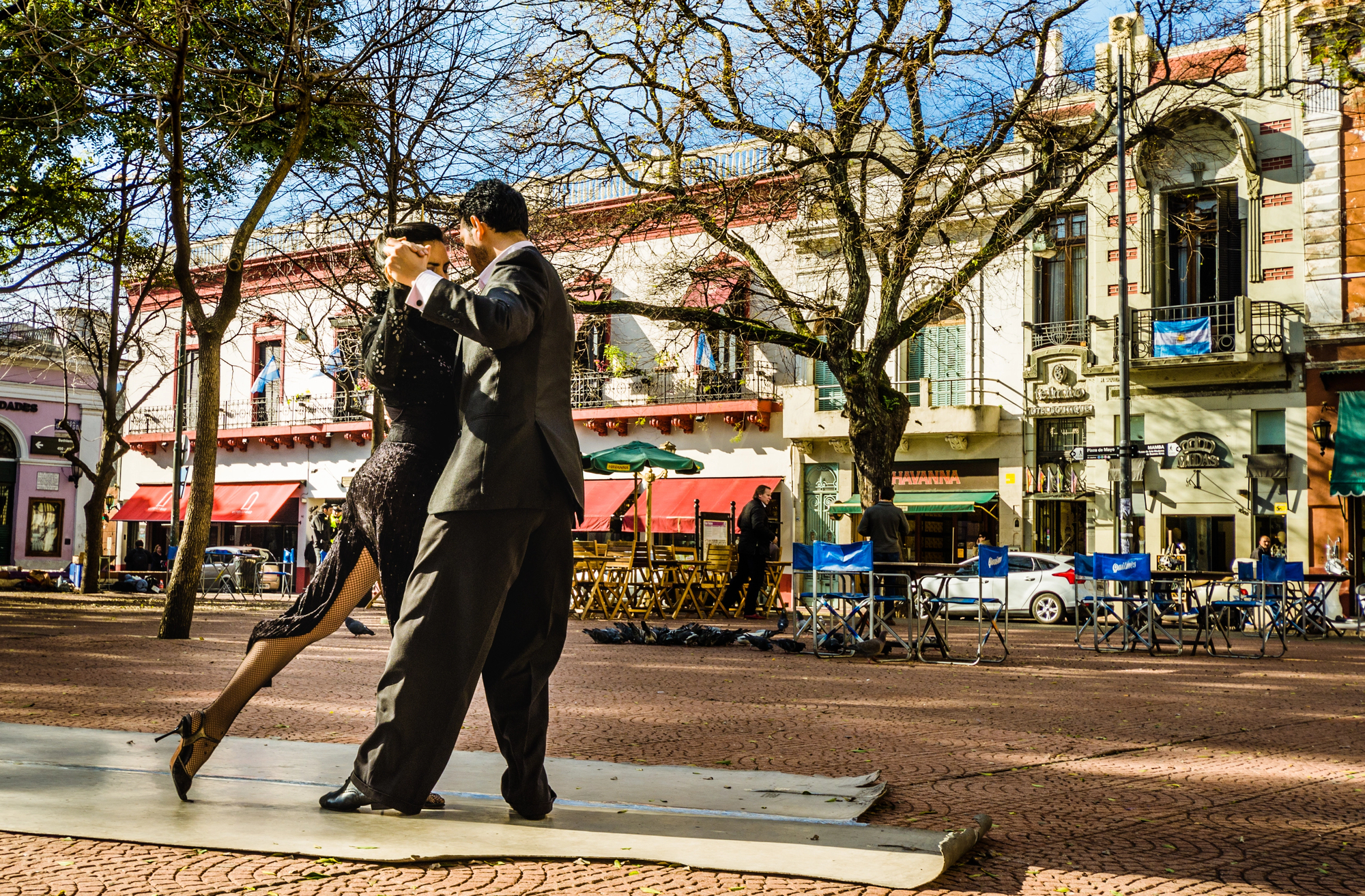
This pioneering queer milonga breaks with traditional gender roles, allowing all students to learn both leading and following roles regardless of gender. Classes emphasize tango as a form of communication rather than a set of prescribed gendered movements.
Teachers focus on the technical elements that allow role switching and adaptation to different partners. The welcoming, inclusive atmosphere makes La Marshall particularly appealing for solo travelers, friends dancing together, or anyone interested in exploring tango beyond conventional frameworks.
Club Sunderland, Villa Urquiza
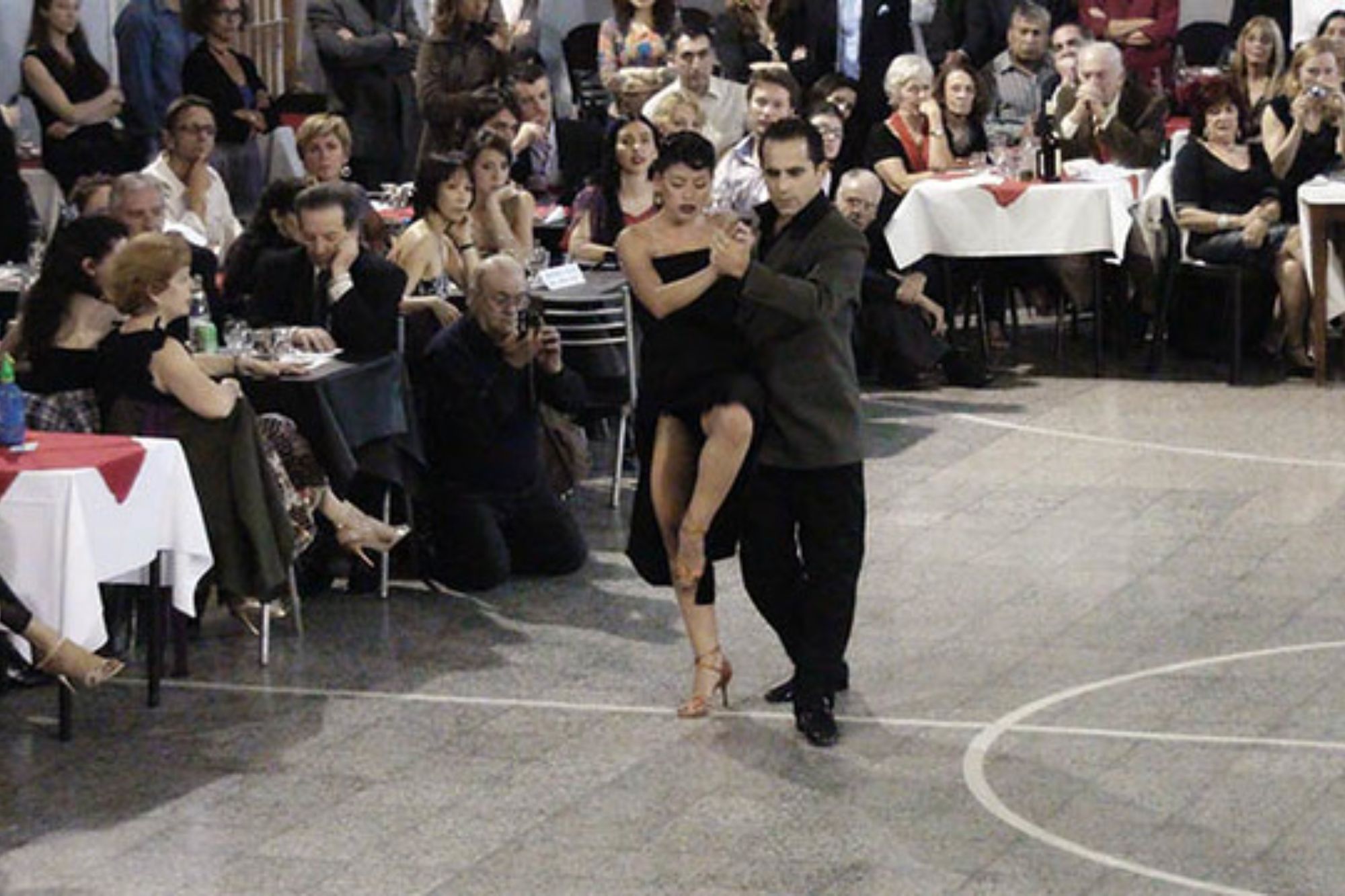
This neighborhood club in the northern suburbs offers classes in the distinctive Villa Urquiza style, known for its elegant posture and expansive movements. Instruction takes place in an authentic sports club setting where tango has been danced for generations.
Teachers emphasize floor craft and navigation skills essential for dancing in crowded traditional milongas. The predominantly local crowd provides visitors with insight into how tango continues to function as an authentic social practice rather than tourist entertainment.
Like Travel Pug’s content? Follow us on MSN.
Torquato Tasso Cultural Center, San Telmo
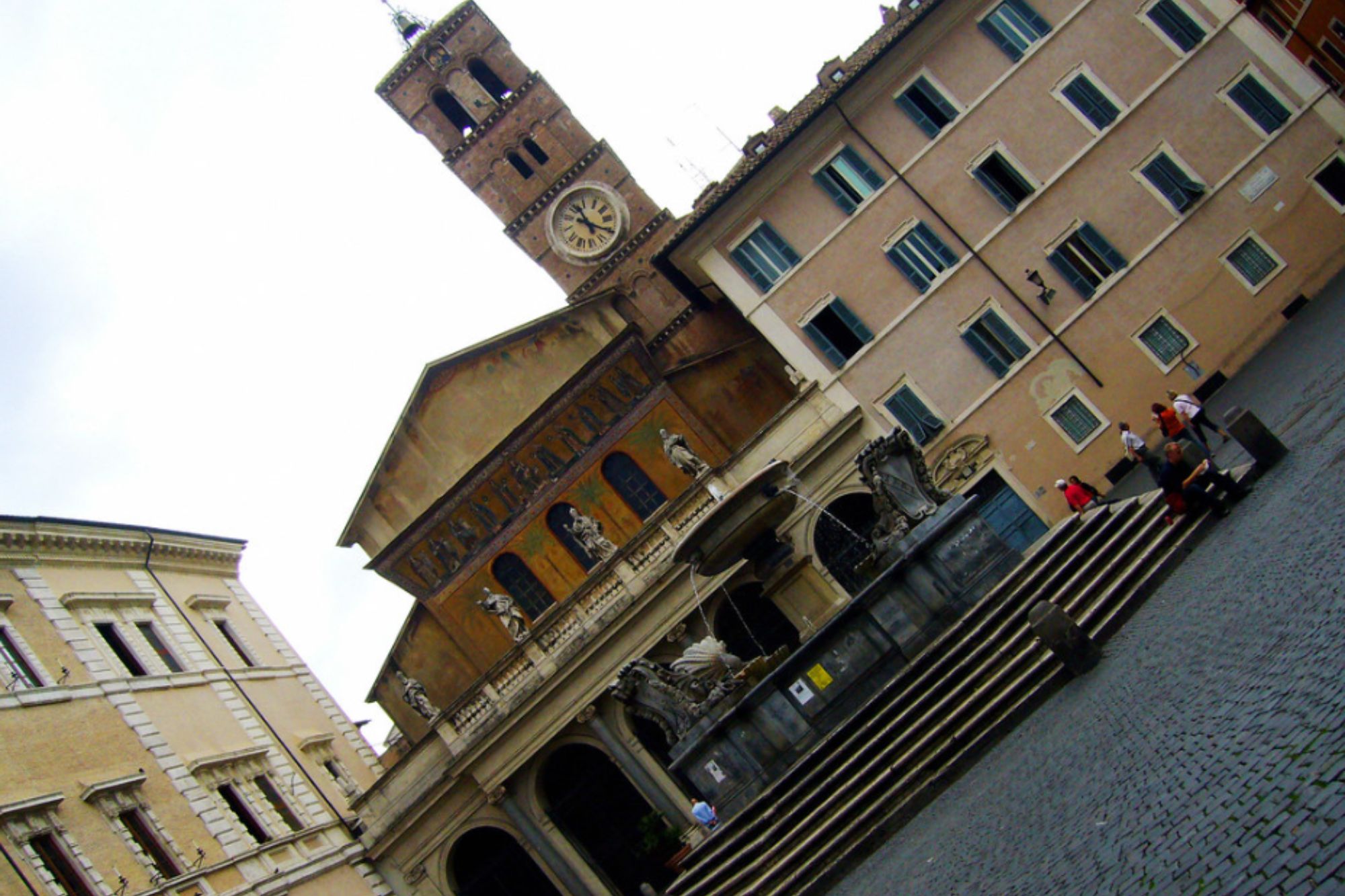
This respected cultural venue combines tango classes with live music performances by top musicians. Instruction often incorporates musicians’ insights into tango interpretation and how dancers can express different orchestral styles.
Teachers emphasize musicality and phrasal movement rather than memorized sequences. The center’s reputation for authentic artistic expression attracts serious students interested in tango as a cultural heritage rather than a tourist activity.
La Milonga del Indio, Córdoba
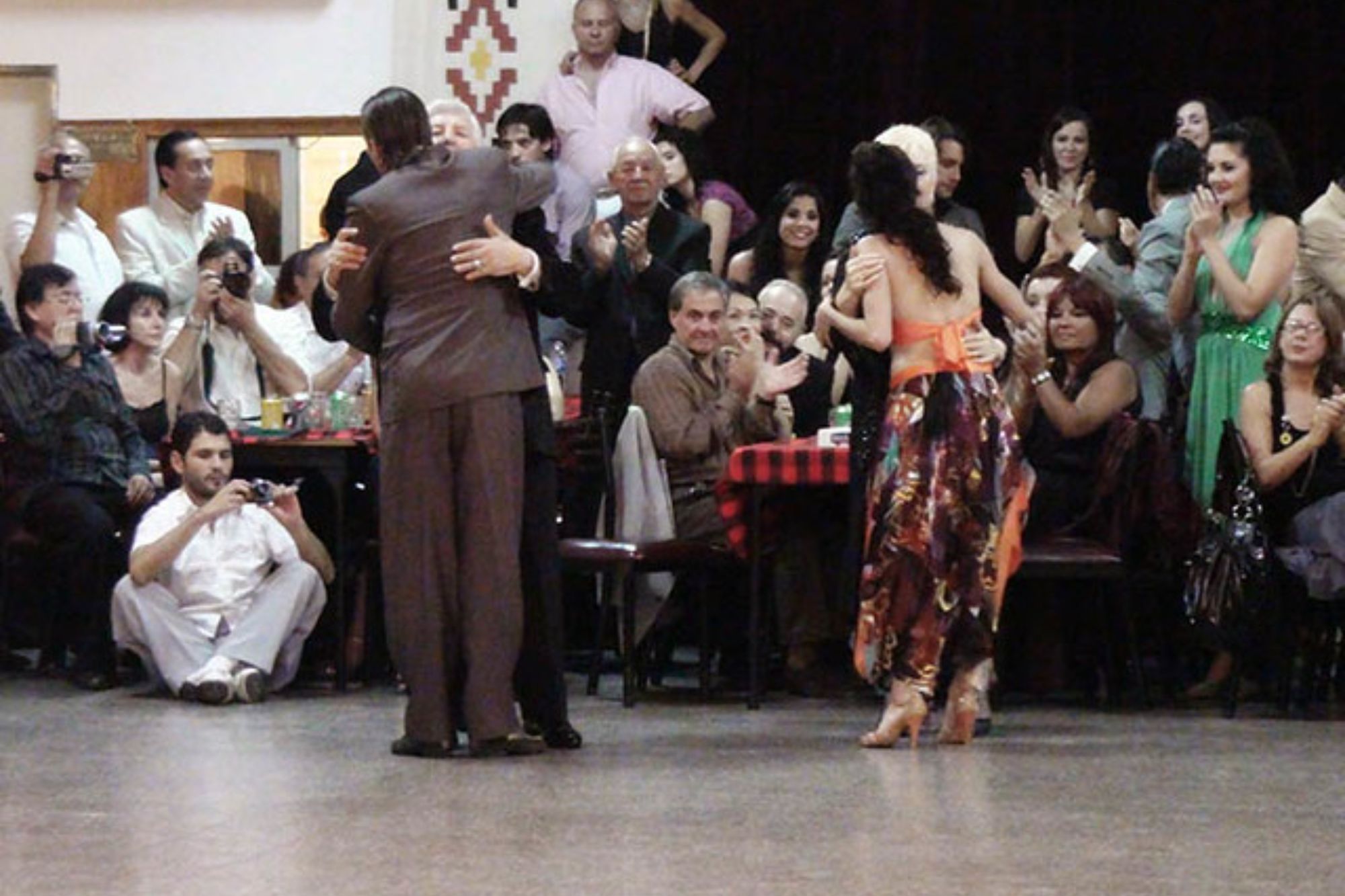
Located in Argentina’s second city, this milonga offers classes that highlight regional variations in tango style and music. Instruction takes place in a converted historic building that blends traditional elements with contemporary design.
Teachers connect tango to broader Argentine folklore traditions, particularly strong in the central region. The school organizes special workshops with visiting instructors from Buenos Aires, allowing students to compare different regional approaches to tango.
El Conventillo Cultural, La Boca
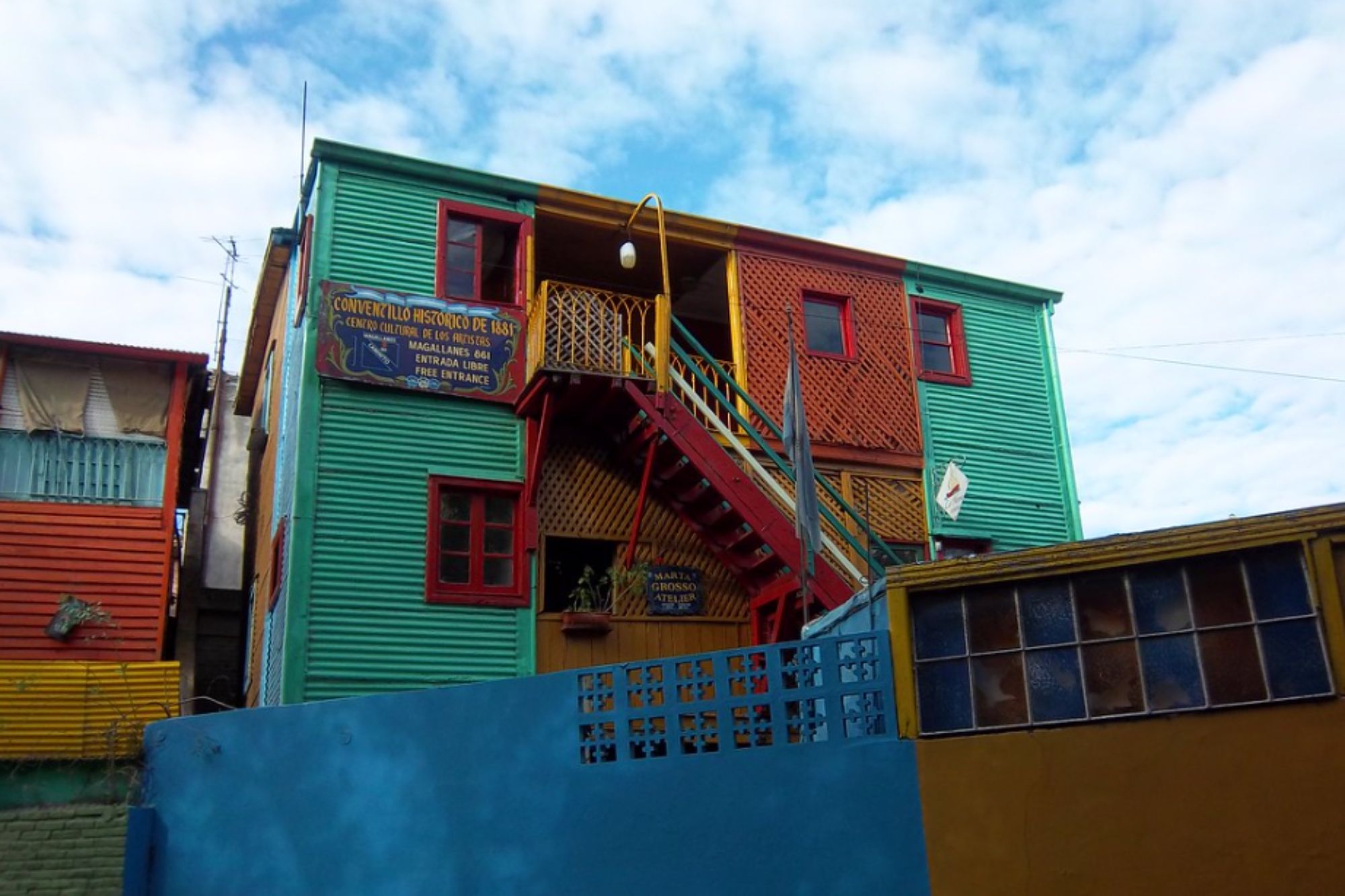
Set in the colorful neighborhood where tango first emerged, this cultural center offers classes in a building similar to the tenements where immigrant dances evolved into early tango. Instruction connects dance movements to the historical context of port workers, immigrants, and the unique social conditions that shaped tango’s development.
Teachers emphasize the walking characteristic of early tango rather than the more elaborate styles that developed later. The location provides opportunities to explore the colorful La Boca district, where tango history remains visible in street art, architecture, and local culture.
Like Travel Pug’s content? Follow us on MSN.
Beyond the Eight Count
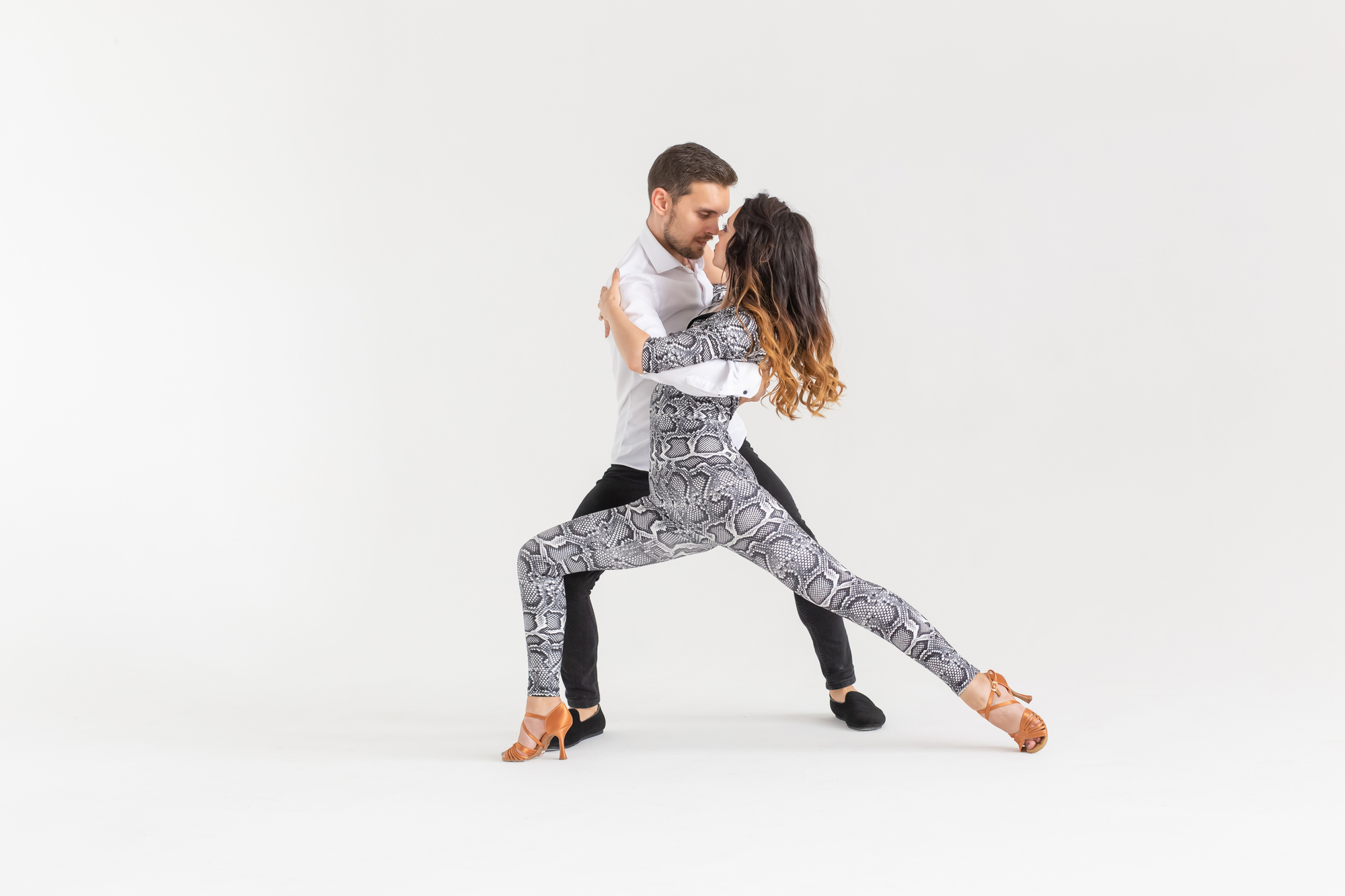
Taking tango classes in Argentina offers more than just dance instruction—it provides entry into a complex cultural world where movement, music, poetry, and social codes intertwine. The experience connects visitors to Argentine history, from immigrant waves to political upheavals, all reflected in tango’s evolution over more than a century.
Through the physical language of embrace and movement, students gain insights impossible to access through mere observation. Whether in historic milongas or modern academies, learning tango in its homeland reveals how this distinctive cultural expression continues to evolve while maintaining connections to its roots in the streets and immigrant communities of late 19th-century Buenos Aires.
More from Travel Pug

- Cities Growing so Fast You Won’t Recognize Them in 10 Years
- 13 Destinations Where Tourists Regularly Regret Their Trip
- 16 U.S. Cities That Are Quietly Becoming Travel Hotspots
- Where to Travel If You Love Long Bus Rides and Daydreams
- 20 Cities Perfect for Solo Travelers Who Crave Adventure & Culture
Like Travel Pug’s content? Follow us on MSN.
